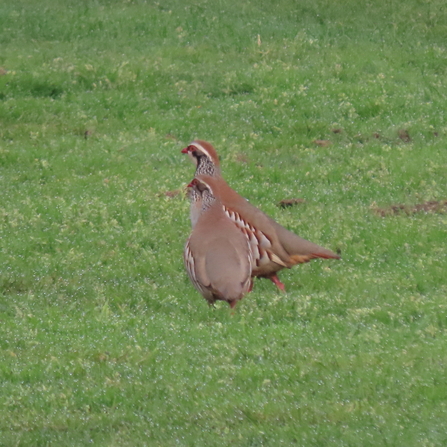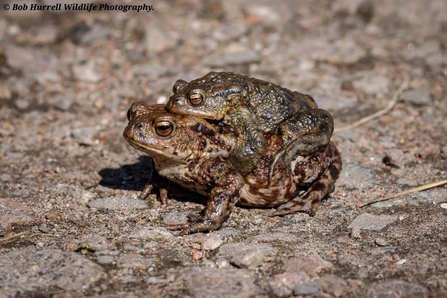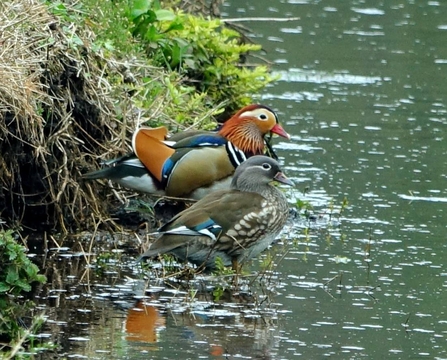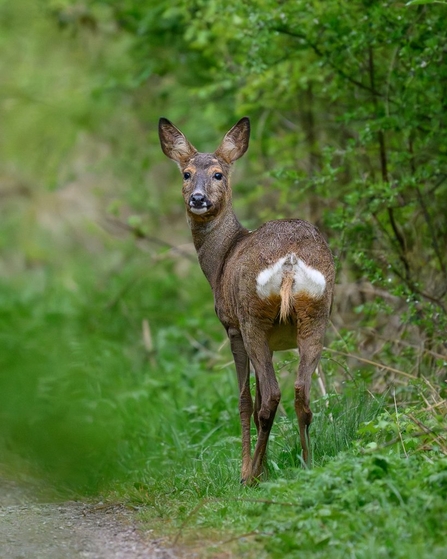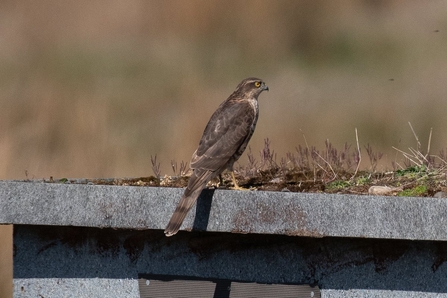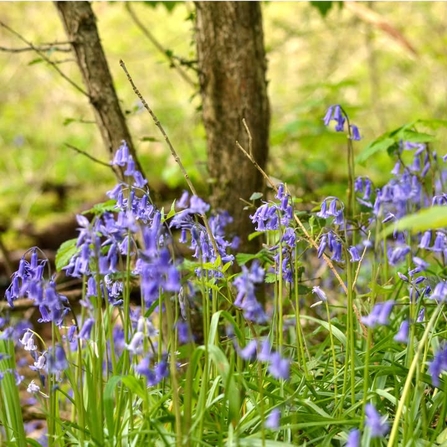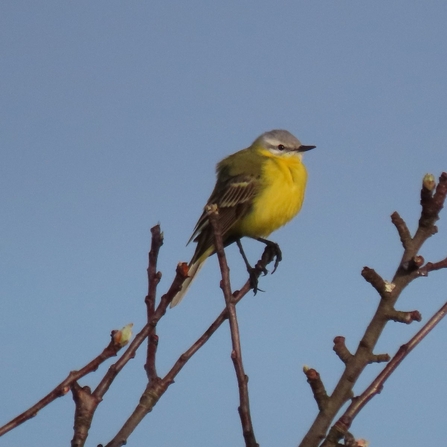
Yellow wagtail on Chat Moss. Credit K D Bradshaw
Chat Moss
Yellow wagtail
One of our regular visitors shared this striking image of a yellow wagtail on one of our Manchester based reserves this month.
Yellow wagtails like damp marshes, meadows and farmland, and spends much of its time running about on the ground, chasing insects disturbed by the feet of livestock.
It's bright breast against a blue sky makes this a beautiful summer sighting by K D Bradshaw.


